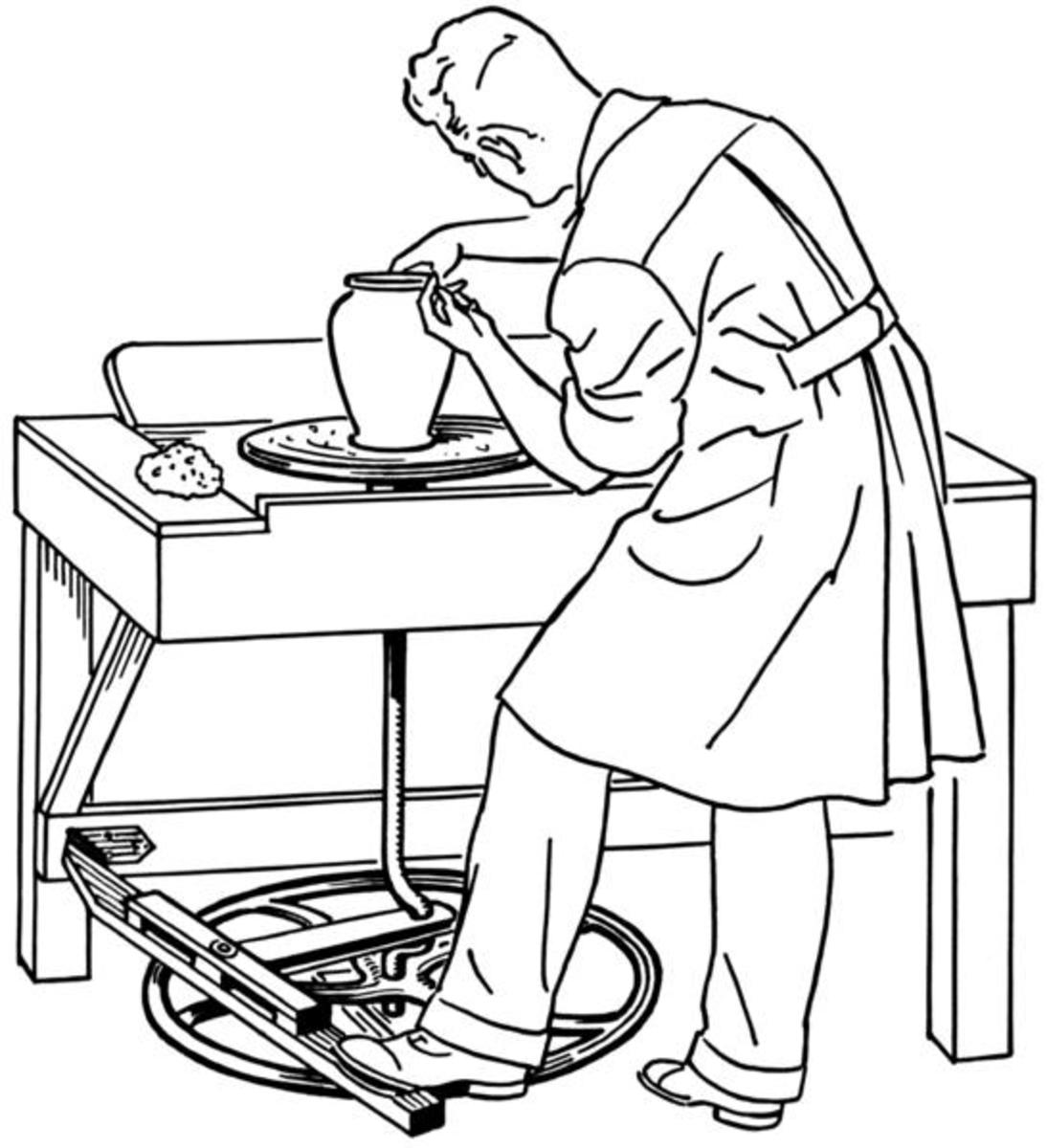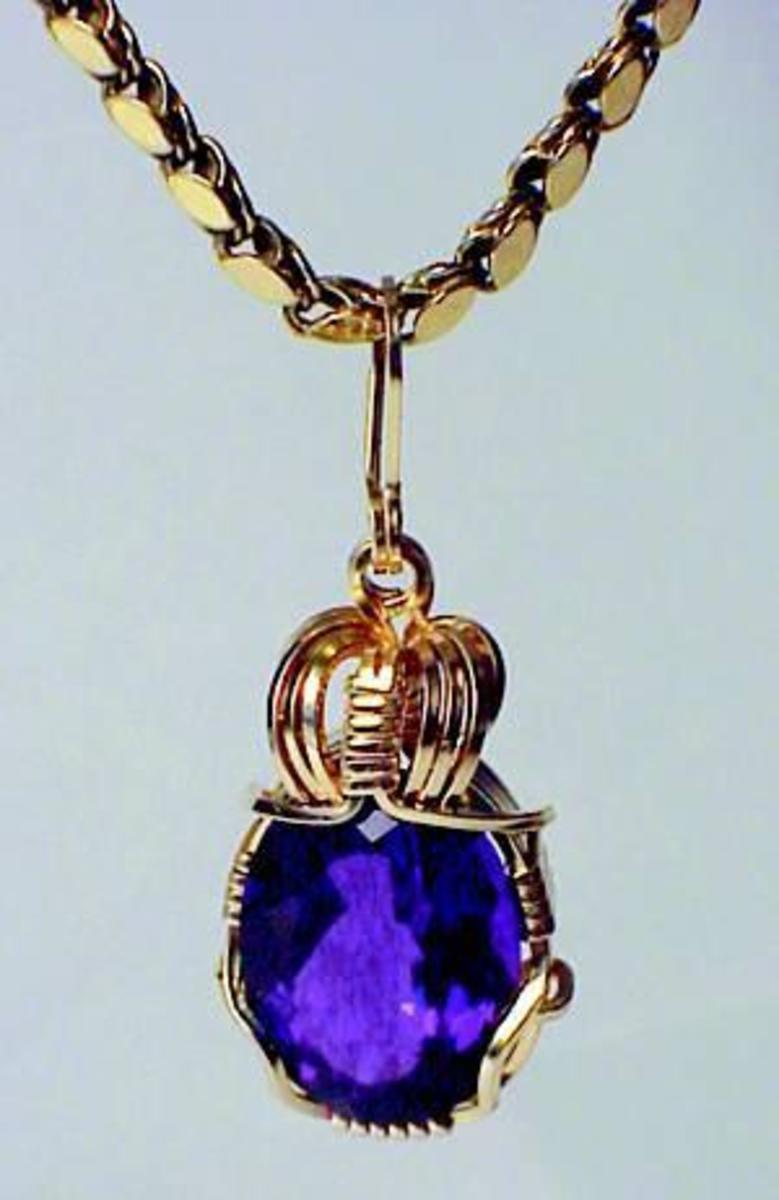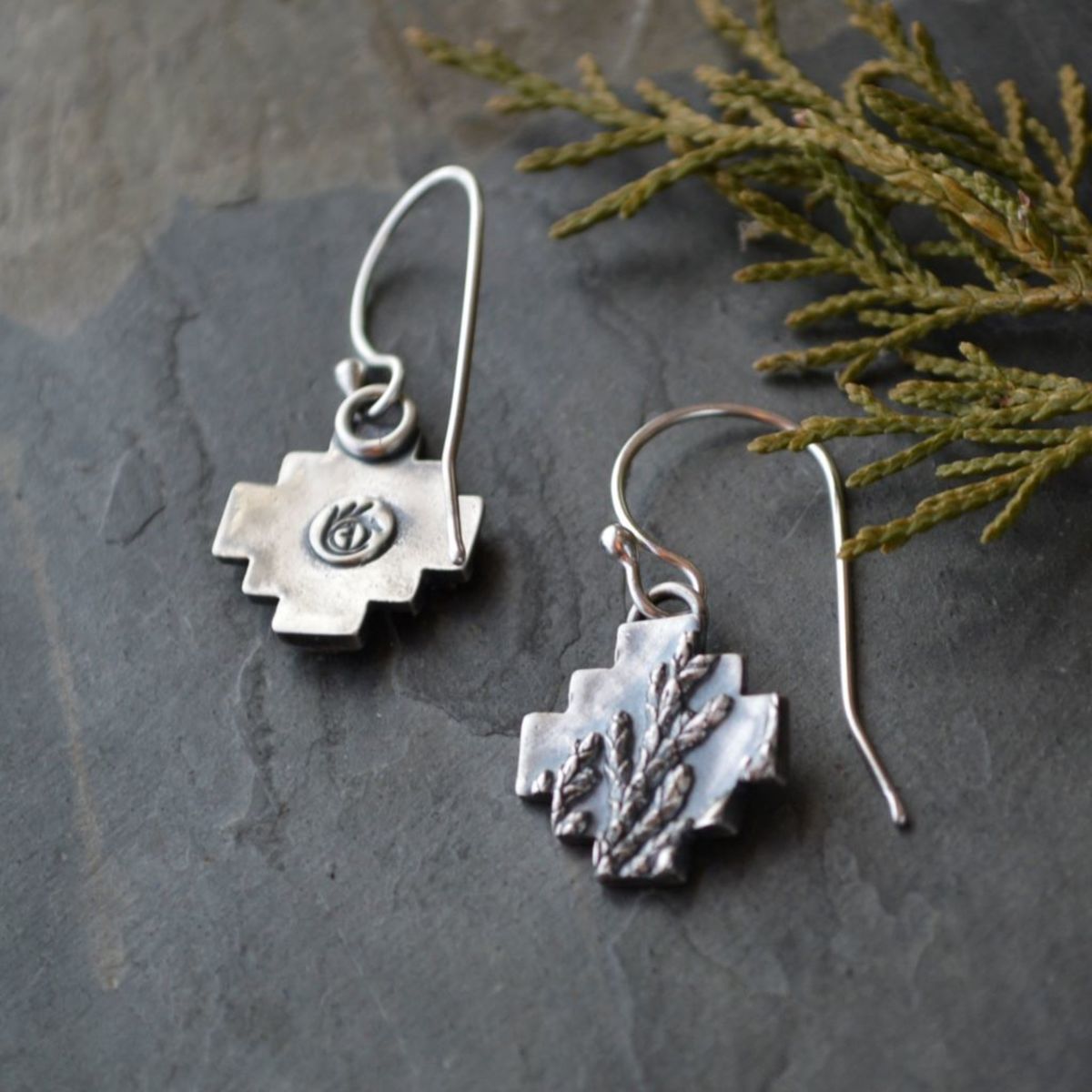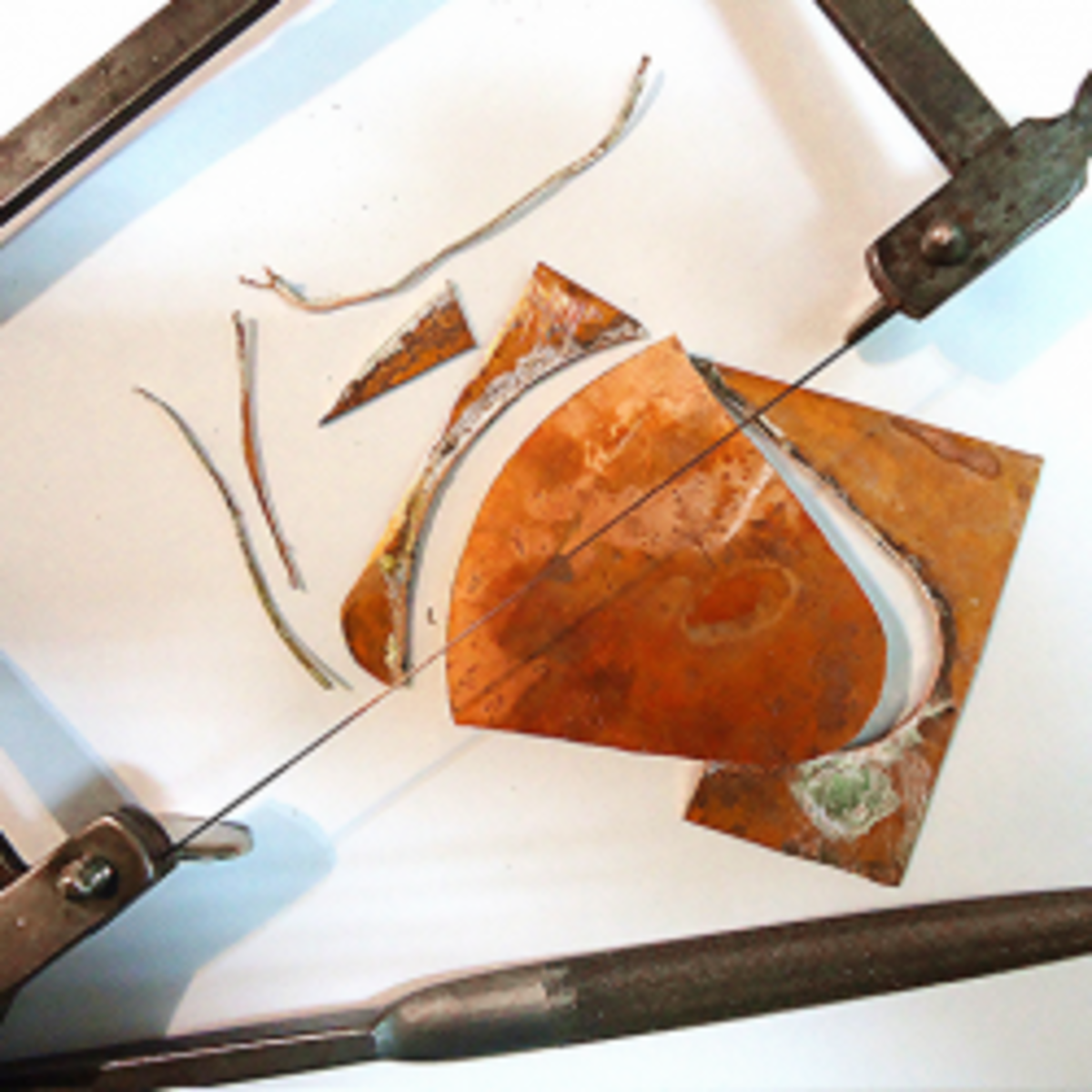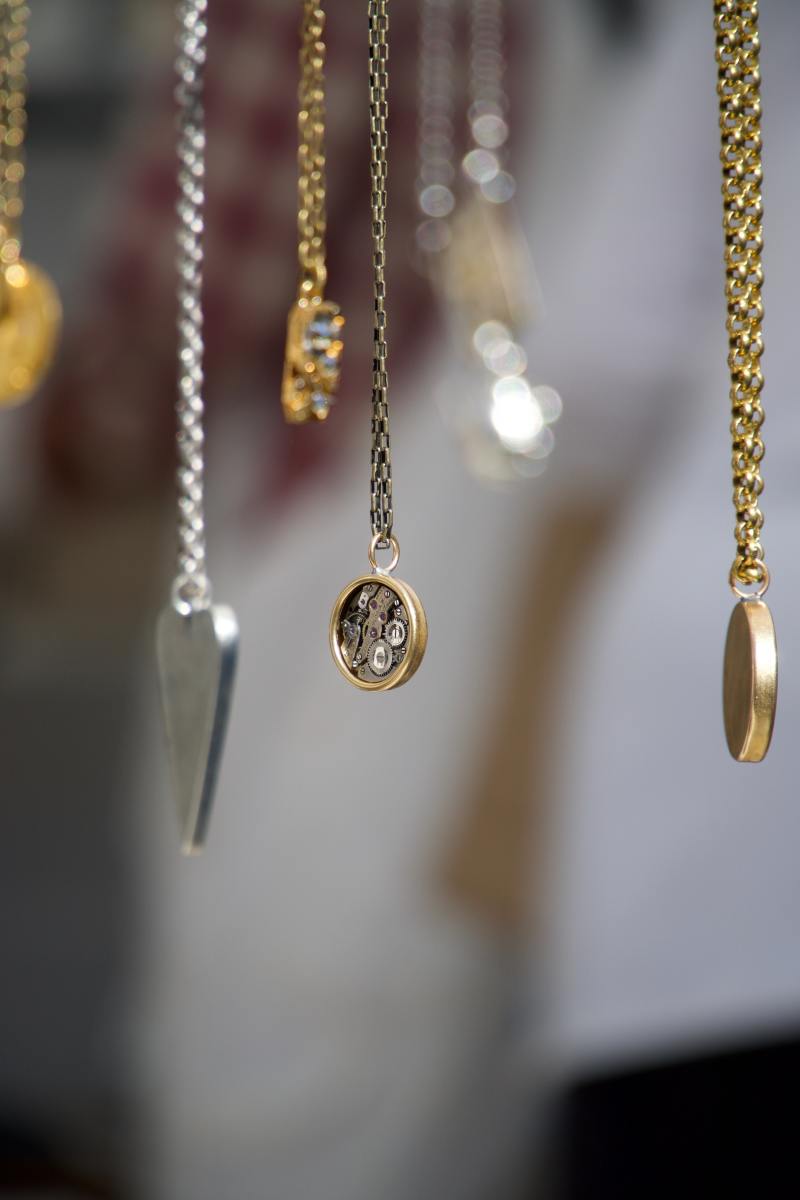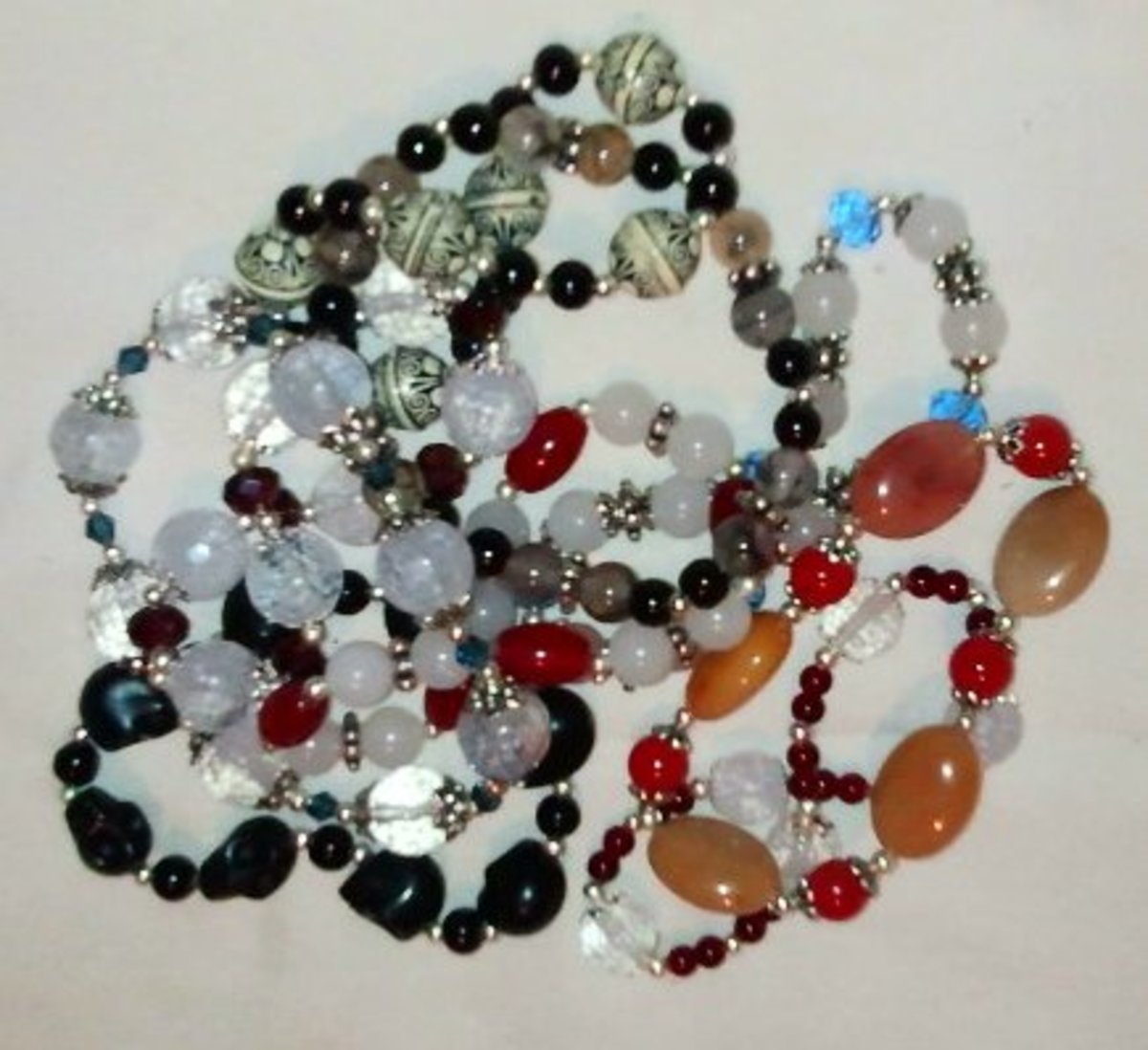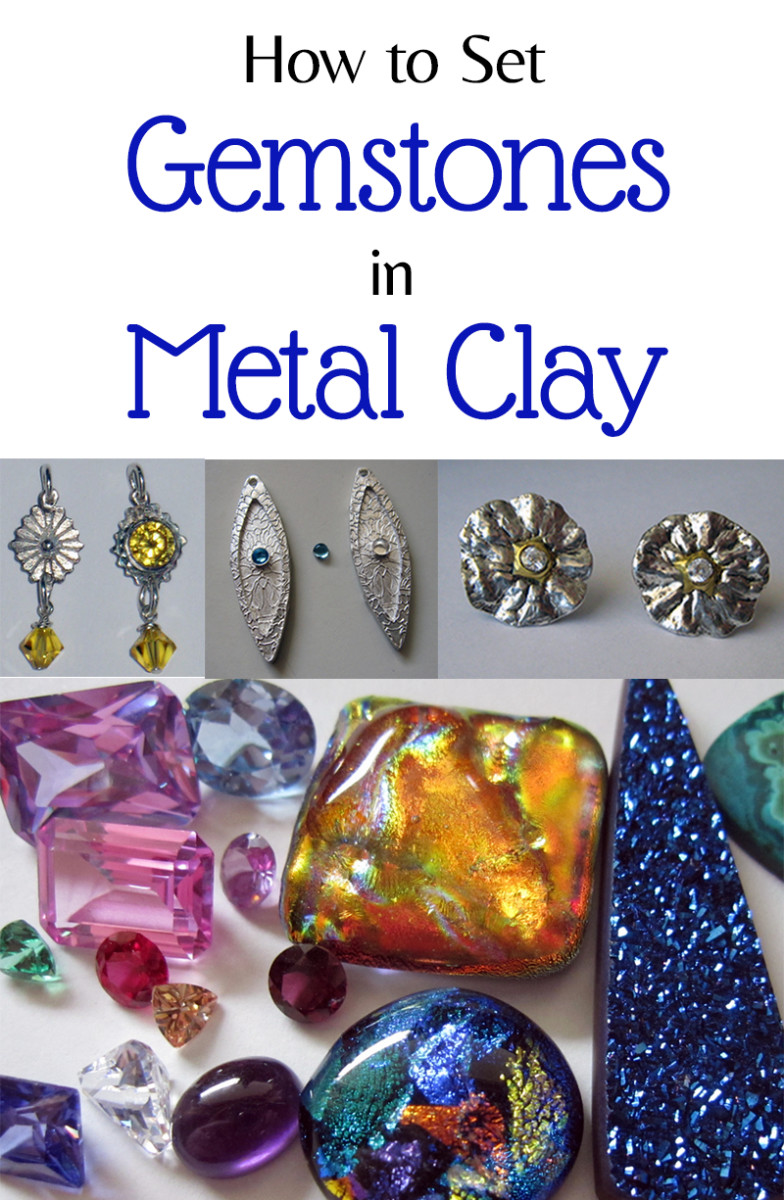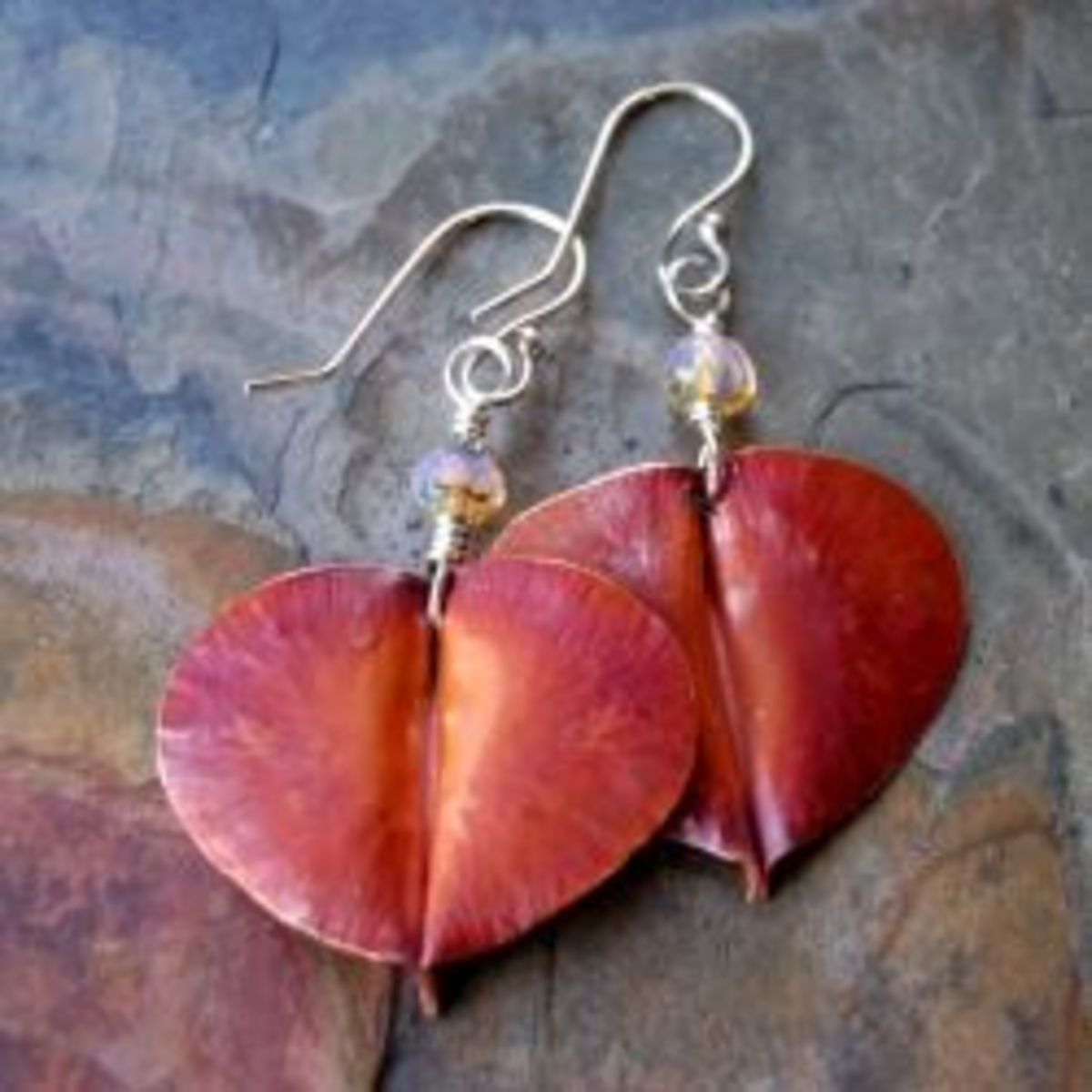- HubPages»
- Arts and Design»
- Crafts & Handiwork»
- Jewelry Making
Learning Wire Work Techniques
Learning wire work techniques is like learning any new skill, you need to keep learning new things all the time. Set yourself a target, get yourself some great wire work books - written by top authors, with great pictures to follow.
Check with local bead shops, artists and colleges, to see if there are any wire work days, or wire work events being held. Wire work in itself is not sufficiently recognised as a skill for long courses to be run, although this might change when it becomes more widespread and in demand.
Search the Internet for designs you like, start a designs book and print out everything you want to do - you might not be able to do it today, but in a few months' time you could be ready to tackle the most complex of wire work techniques and looking through your book will spur you on and give you inspiration.
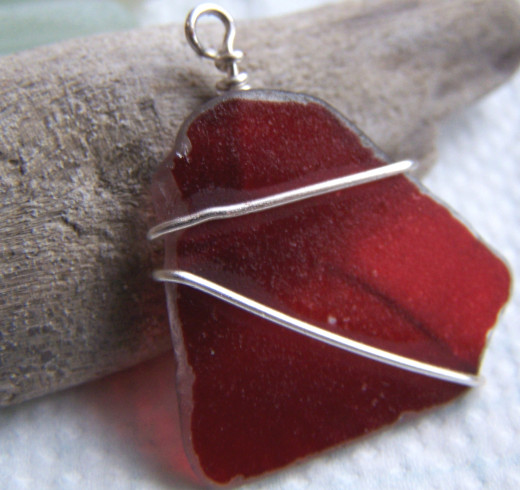
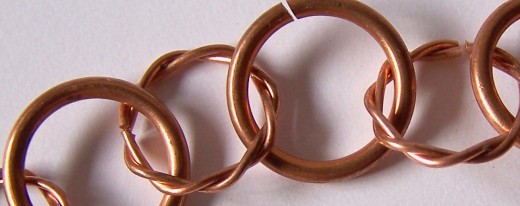
Wire Work Materials
When you're learning new wire work techniques, it's best to start by using the cheapest materials you can the first 1-2x. Sometimes this can be a little annoying as you simply want to see the end result in sterling silver, or copper, but at other times it does enable you to practice, practice, practice and get the technique perfect before you start buying sterling silver or 100% copper wire in your designs.
I've even been known to practice with cheap gardening twine!
Another technique to use is to practice using a slightly thinner wire than you want to use in your final design, this gives your fingers a little more room to manoevre!
You can also practice with craft wire - this can be fun as it comes in many colours, so you can explore colour as well as wire work techniques.
The more wire you buy, the better price you can get. I started by buying 3metre lengths, only to discover that the wire work techniques I wanted to learn used this amount up every hour! Buying in small quantities never allows you to grab the wire when the mood takes you as you find you're continually running out.
So, as soon as you're able, just bite the bullet and buy a large quantity of wire - it's a commodity you can even resell in smaller quantities, and this can be a great way for your hobby to pay for itself as you buy at a wholesale price and sell at a retail price.
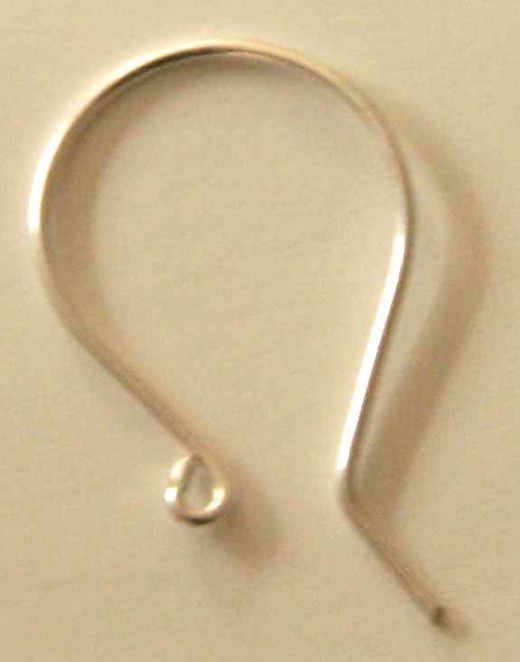
What Does Wire Work Mean to You?
The term wire work covers a multitude of skills, techniques and end results.
- At its simplest, many people learn wire work techniques so they can make their own earring wires, jump rings and clasps for bracelets and necklaces. If you only learn the basics for wire work to be able to make these items yourself it's not only satisfying and enjoyable, but works out cheaper than buying ready-made components. It also means you can instantly make the pieces you need when you need them, rather than having to wait for a parcel to arrive, or drive to your nearest supplier!
- The next level of wire work is to learn wrapping techniques and to push the boundaries of spirals, clasps and making your own entire chains. Learning these are very easy to do, they just need a little bit of practice, but by the time you've made your 2nd/3rd you'll probably be 10x faster and be churning out what you want like a pro!
- For those that wish to really push wire to the limits, you can do some fabulously artistic and intricate designs.... this become a real art form at this stage and you need to be super-confident in your skillset.
Most people fall into types 1 and 2 - this is because they wish to use wire work techniques as part of a blend of making their own jewellery - and not as an end in itself.
Which Type of Wire Worker Are You?
From 1-2-3 above, which type of wire worker are you?
Andrew Berry at the Bench
- OnLine Jewellery Making Courses and Training for Jewellers - At The Bench
Jewellery Making Courses and Jewellery Training Online for Jewellers and Craftsmen OnLine. Streaming flash video showing professional jeweller Andrew Berry and other industry leading craftsmen teaching their trade. With clear step by step instruction
Learn Wire Work Techniques Online
As wire work technique classes are very thin on the ground, you could join an online jewellery making course, where you'll learn quite a few new techniques and can further expand not only wire work techniques, but other interesting ways to incorporate a little individual genius into your designs.
One high quality, yet affordable, online jewellery making course is run by Andrew Berry, at at the Bench; he is a professional jeweller and has a lot of great tips to pass on. Also, the cost of this is less than most one-day wire work workshops and gives you complete freedom for a whole year to see, learn, experience and practice many wire work techniques and discuss/show your results with others in the forums.
If you're serious about making jewellery then you should at least check our what Andrew's teaching - and see his free videos.
Learn Wire Work Techniques from Books
What I find is a good way to learn wire work techniques is to find projects to follow, in books. While there are many books that will show you how to use wire and teach you wire work techniques, it can be a little annoying to then not be able to think of a great way to use it straight away.
There are a number of wire work books containing wire work projects for you to practice with. Below are some which I've got in my library:
Making Wire Jewelry: 60 Easy Projects in Silver, Copper & Brass
With 60 easy projects "Making Wire Jewelry: 60 Easy Projects in Silver, Copper & Brass" is a fabulous book as it really explores a lot of different styles and wire work techniques, if you set yourself a goal of just completing one every 2 weeks ths means there's 2 years' practice in this one book! Good value for money
Pages: 112
Projects: 60
Wire & Bead Celtic Jewelry: 35 Quick & Stylish Projects
Written by Linda Jones, Celtic Jewelry contains 35 wire work projects for you to practice your wire work skills. Quite a few of the designs use a wig-jig to create identical, repetitive components, which are then used to build up the finished piece, you don't need a wig-jig, but you might feel a little frustrated with some of the designs that use one! Using a wig-jig just saves time, frustration and inconsistency, it's possible to create everything by hand if you're a purist.
This is a great book if you want to use celtic design wire work in beading projects.
Through the wire projects you'll make rings, pins, bangles, brooches, spiral chains, necklaces, chokers and acessories - so there's a wide variety to explore.
I have this book in my library and I think my favourite project is the Valentine Knot Bracelet on page 48, which combines wire work components and beads strung onto cotton cord - great for the summer too!
Pages: 125
Projects: 35
Step by Step Wire Jewelry Magazine 2011 Editions
- Step by Step Wire Jewelry Magazine 2012
Step by Step Wire Jewelry magazine published 6 exciting editions in 2012 - discover new techniques, projects and jewelry design ideas for beginners as well as pros. - List of Jewellery Making Courses in England
A list of jewellery making courses and many silversmithing courses I've found that teach you to make your own silver and copper jewellery from scratch. These jewellery making courses are daytime courses of at least one day's duration. - Step by Step Wire Jewelry Magazine 2011
Step by Step Wire Jewelry magazine published a further 6 editions in 2011, featuring some great techniques, project and jewelry design ideas for beginners as well as pros. If you're making jewelry to sell at craft shows, craft fairs or even online, a
Step By Step Wire Jewelry Magazine
If you're looking to expand your wire work techniques, then subscribing to Stepy by Step Wire Jewelry Magazine is a good idea. Every two months Wire Jewelry Magazine publishes a full colour publication covering many different aspects of wire work, showing you how to use wire and opening your eyes to new possibilities.
You can get hold of back issues easily enough too. There's a hard copy and a digital edition, depending on which you prefer. I love flicking through the real magazine, but the digital versions do have the advantage of a search facility.
Learning new wire work techniques is a great hobby, or start of a new career - you don't have to be the very best at wire work, just make sure you practise your technique until what you produce is high quality every time. Speed comes with practice. Wire work is also quite relaxing - and portable. Instead of sitting and reading a book on holiday, you could instead be whipping up wire creations inspired by your holiday surroundings and incorporating local stones, or taking inspiration from local architecture.
Learning wire work techniques is also a great way to create hand crafted, unique jewellery for yourself, your friends and family, or for resale.



